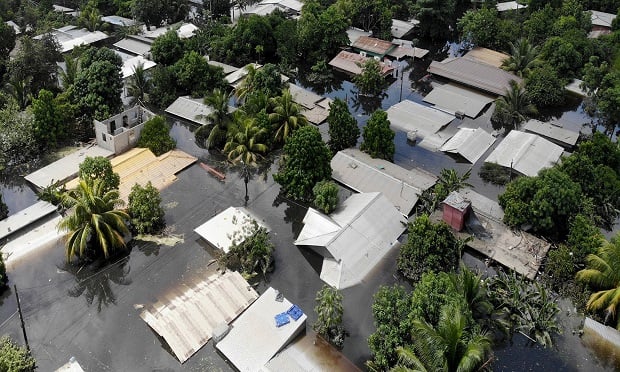 Flooding in Rio Nance, Honduras, from Tropical Storm Eta on Nov. 8, 2020. (Photo: Bloomberg)
Flooding in Rio Nance, Honduras, from Tropical Storm Eta on Nov. 8, 2020. (Photo: Bloomberg)
On Dec. 1, we usually celebrate the "official" end of hurricane season, but not this year. We should not be surprised that the relentless and record-breaking 2020 North Atlantic hurricane season has continued to produce damaging and costly hurricanes through the end of November. Forecasts as early as September indicated that further landfalls were likely before the conclusion of the hurricane season, which officially ended on Nov. 30. Late-season tropical cyclones tend to develop over the Gulf of Mexico or the Caribbean Sea, where the proximity to land means impacts from these systems are more likely.
Recommended For You
Want to continue reading?
Become a Free PropertyCasualty360 Digital Reader
Your access to unlimited PropertyCasualty360 content isn’t changing.
Once you are an ALM digital member, you’ll receive:
- Breaking insurance news and analysis, on-site and via our newsletters and custom alerts
- Weekly Insurance Speak podcast featuring exclusive interviews with industry leaders
- Educational webcasts, white papers, and ebooks from industry thought leaders
- Critical converage of the employee benefits and financial advisory markets on our other ALM sites, BenefitsPRO and ThinkAdvisor
Already have an account? Sign In Now
© Touchpoint Markets, All Rights Reserved. Request academic re-use from www.copyright.com. All other uses, submit a request to [email protected]. For more inforrmation visit Asset & Logo Licensing.







